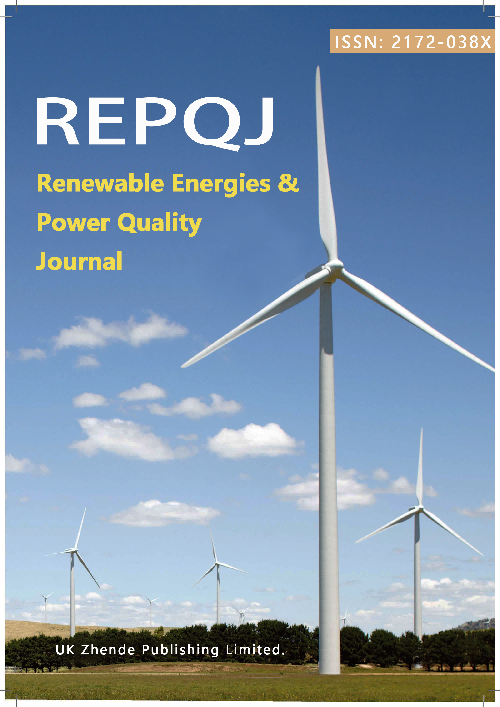Optimizing the Training Effect of Power Substation Personnel by Combining Multi-Scenario Fusion Method of AR and Neuromorphic Technology
DOI:
https://doi.org/10.52152/4425Keywords:
Power substation training, Augmented reality, Neuromorphic technology, Multi-scenario fusion, Spiking neural networkAbstract
In view of the problem that the current power substation personnel training lacks neuromorphic computing support on the existing AR (Augmented Reality) system, resulting in insufficient ability of personnel to operate substation equipment, this paper constructs a multi-scenario training intelligent teaching system that combines AR and neuromorphic technology. First, this paper constructs an AR interaction model based on SLAM (Simultaneous Localization and Mapping), realizes the precise superposition of equipment information through visual inertial odometer and three-dimensional modeling, and provides operation guidance for virtual-real integration. Secondly, this paper designs a behavior recognition module based on spiking neural network (SNN), uses the time coding mechanism to convert the trainee's action trajectory into a pulse sequence, and uses the LIF neuron structure for time series modeling to achieve real-time classification and feedback of the operation process. Furthermore, a multi-scenario knowledge transfer algorithm and adaptive generation mechanism are introduced, combined with meta-learning and GNN (Graph Neural Network), to improve the system's generalization ability and personalized adaptation efficiency between different fault tasks; finally, a virtual-reality collaborative decision-making model is established, and the organic integration of AR guidance information and neuromorphic feedback is realized through the state machine and event-driven mechanism to form a closed-loop intelligent teaching system. The results show that the method significantly improves the trainees' average operation accuracy and average task completion efficiency. The trainees' operation accuracy and task completion efficiency retention rates reached 91% and 93% respectively 8 weeks after training, which enhances the trainees' sense of immersion in training and their knowledge mastery. The AR system also has high real-time performance and stability (the positioning error is mainly concentrated in 3.5~4.0 mm; the rendering delay is mainly concentrated in 18~20 ms). The conclusion provides new ideas and technical support for the intelligent training of power substations.
Downloads
Published
Issue
Section
License
Copyright (c) 2025 Yanxiang Ran, Wen Zhao, Wei Li, Yongzhi Li (Author)

This work is licensed under a Creative Commons Attribution 4.0 International License.











